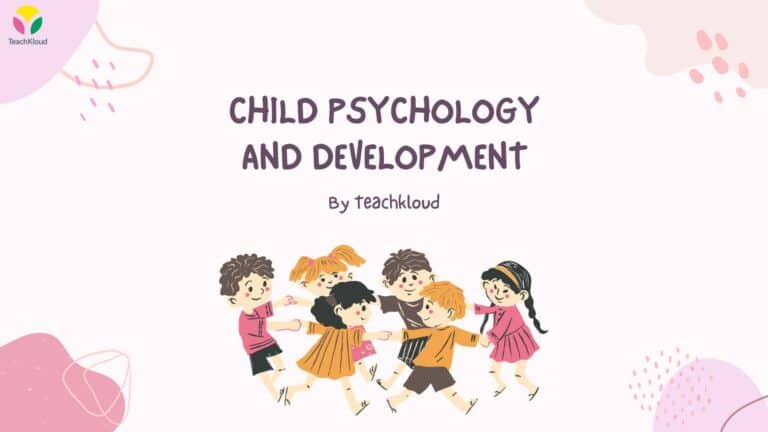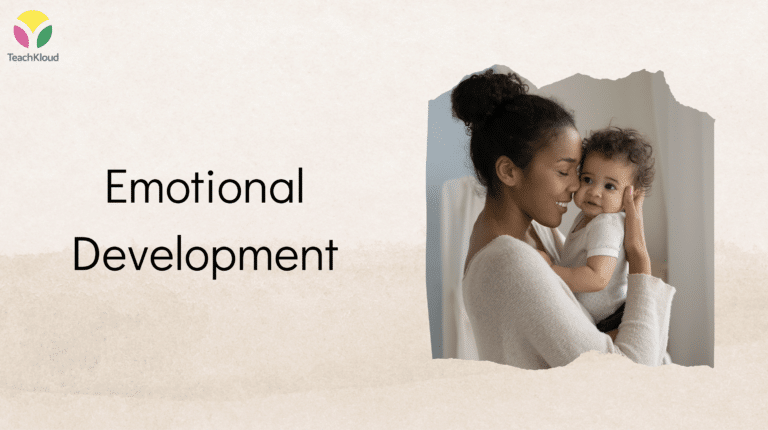What does ‘inclusion’ look like in a mainstream classroom?
Author: Jordan Garratt Instagram @oursensorykids

It frustrates me when I see that due to the word ‘inclusion’ flown around, that you feel your children with special needs are to stay in the classroom and are to do the same work as the others in your class. For me, this is a fatal misunderstanding of the word ‘inclusion’. I believe ‘inclusion’ means every child is given the opportunity to achieve their potential. This may look very different to some students compared to others. Some students may need to work in a small quiet space with an assistant. Some students may need to go for lots of calming walks. Some students may have to sit on a chair rather than the carpet. This is still inclusion.
Here I share a practical guide for classroom teachers on how best to set up your classroom to help include all children. I have worked in Special Education for the past nine years as both a Teaching Assistant and as a Teacher. Recently I have supported mainstream schools set up a positive learning environment for their classes.
1 in 100 people have Autism. It is rather likely that you will teach a few students on the spectrum in your teaching career. You will also teach many more children with anxiety or speech and language difficulties. This guide will also benefit these children. In fact all of the guidance below will support inclusion for all children in your classroom, so each child can achieve their potential.
The Learning Environment
It is a common myth that you shouldn’t have bright colours and fun displays in your classroom to support Autism. This certainly isn’t what I have found. There are practical ways in creating both a fun and predictable work environment to support all children.
· Have clear and structured sections within your classroom. Is it obvious where to sit on the carpet, sit at the work stations etc? You can achieve this by placing your furniture internally in sections rather than against the outside walls of your classroom. Each table group should be separated and clear. Maybe have specific places for your students to sit on the carpet. This will help promote independence and will support focus for learning.
· Create a predictable timetable. Can your students predict what is next? Do they know when it is a PE day or a swimming day? Do you always have break time at the same time? This will ease anxiety.
· Have visuals in the classroom. This could be objects, photos, symbols or text depending on where your students are at. I usually use a mixture of the formentioned to support all students. Share your daily timetable visually where all can see it. Refer to it throughout the day as each task ends.
· Aim to keep the chatter and background noises to a minimum when completing focused learning tasks. Provide opportunities for your class to ‘let their wiggles out’, to create noise and move about. I usually have a movement break at least every 20 minutes. I find it helps keep focus and supports positive behaviour.
Communication
It is known that children on the Autism spectrum often struggle with aspects of social communisation. These guidelines will help engage with all of your students and promote peer to peer conversations.
· Don’t waffle. Make instructions simple and to the point. This will support all children, but especially those with Autism. They will pick up the key words and will act on the instruction far more quickly. Do not be concerned if the response is slow. The rule of thumb is to wait ten seconds for a response before repeating the exact same request again. Whilst waiting, literally wait. Try not to gesture. This allows them processing time.
· Start each request with the student’s name first. They are then far more likely to listen to what comes next. Try to speak at an arms reach away from the person you are giving an instruction to. This avoids excess noise and helps the student to focus on what you are saying. Get them to repeat the instruction back to you to ensure they understand.
· It is often said that you shouldn’t demand eye contact when you are speaking to someone with Autism. I agree. Often people with Autism are able to listen to and retain far more information if they are not looking directly at you. I do however wait for eye contact during ‘hello’ and ‘goodbye’ time and when a student is requesting an item from me. It may just be a glance, but it is enough to encourage a two way communication.
· Encourage communication with peers throughout the day. Provide structured games in which they must pass or retrieve objects or requests, listen to one another and work as a team. We find that ‘sweet shop’ works every so well and is very motivating. Each student takes turns to be the shop keeper or the customer. They must request which sweet they would like. They can use symbols or verbal to achieve this. The shopkeeper must listen to the request and exchange the sweet. They then swap roles. This also works well with Lego pieces or anything particularly motivating.
Behaviour management
It is always tricky managing a bustling and busy classroom, especially with some students with a Special need. Here are some practical ideas I use to promote positive behaviour in my classroom.
· As the Teacher, produce work that is fun, motivating and engaging. I always find that when I am enjoying myself, often the students are having fun and learning too. Think about what motivates the students in your classroom and use that to guide your planning.
· Have a consistent approach between all staff members. If you are going to ignore swear words, make sure you do always. Have regular meetings to review the plan so everyone is clear on what is expected.
· Take into consideration things that might have occurred before starting school that may affect their behaviour. Are they hot or cold? Unwell or tired? Is there something upcoming that they may be worried about? Has something changed in their routine? Is their environment calm? All of these are good things to ask yourself to better understand where the child is coming from. Is there is an easy fix, this will be your first job is supporting the child. i.e taking their jumper off and offering them a drink.
· Promote positive behaviour using motivators. What are they working for? Golden time? A particular game or toy? To go first in the line? Whatever it is, use it to reinforce positive behaviour consistently and ensure they receive their reward imminently.
· Always be fast to think and slow to speak. When our students are having a melt-down or are very anxious they cannot process questions or instructions like they usually can. Offer visual symbols or write down your questions to offer to them. Give them time to calm before approaching them. Come from a place of love, listen to their worries or concerns. Do you best to alleviate their stress.
All of these guidelines are easily and cheaply achieved in all classrooms. It will support a calm working environment for all children, in which all can achieve their potential. I hope you find trying these useful and effective. I would love to hear your ideas on how to include all children by emailing me at oursensorykids@gmail.com
Worth sharing?
Show some love to our Instagram friends and author of this post @oursensorykids by sharing this article with a friend.
TeachKloud
We support preschools in doing more of what they love! Reduce your paperwork, communicate with parents and encourage quality practices with the best management system and resource library full of open ended activities for preschools here or follow us on Facebook for amazing stuff!



